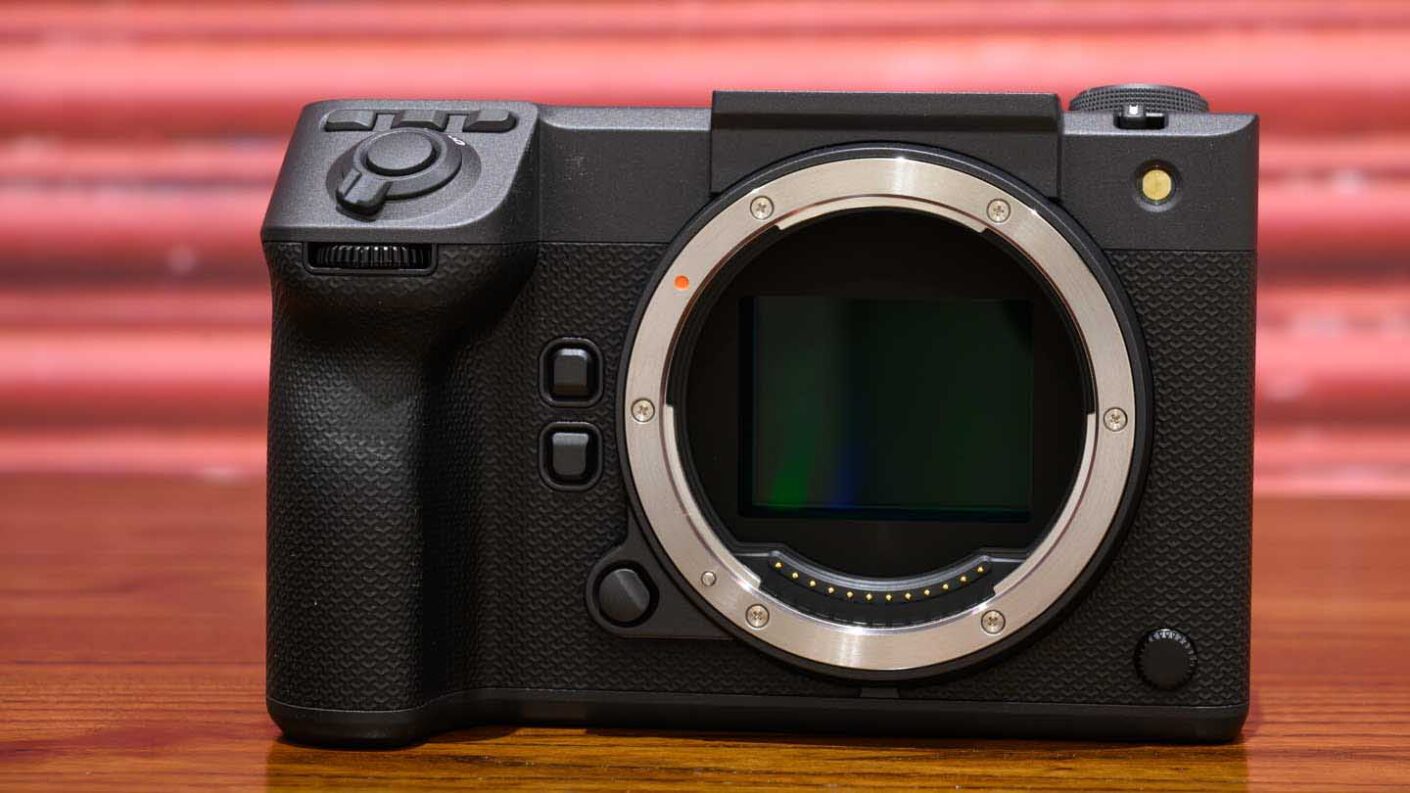Fujifilm refers to the GFX100 II as a large format camera, but strictly speaking, it’s a medium format camera. That’s because it has a sensor that measures 43.8 x 32.9 mm, 1.7x bigger than the standard 36 x 24 mm of a ‘full-frame’ camera. This gives the camera an advantage for detail resolution, noise control and dynamic range.
As I mentioned, this is the first time that a GFX-series camera has featured AI-based subject-detection AF developed through Deep Learning technology and the latest prediction AF algorithm original found in the Fujifilm X-H2S. The faster readout and processing speed of the GFX100 II also enables it to offer continuous shooting rates up to 8fps (frames per second). This combination makes it the most versatile GFX camera to date, giving it greater potential for capturing images of moving subjects.
Fujifilm has also uprated the video capability of the GFX100 II so it can capture 4K/60P 4:2:2 10-bit videos internally and for the first time in a Fujifilm GFX model, there’s support for 8K/30P. It also features various Apple ProRes codecs and cine recording formats plus F-Log2 with expanded dynamic range, timecode synchronisation an array of ‘Video Format’ options to suit various cine recording formats, such as Premista, 35mm, and anamorphic setups.
In addition, the Pixel Shift Multi-Shot function promises a 400MP image creation, which could be useful for commercial photography. HEIF format is also available for better image quality and smaller file sizes compared to JPEG – albeit with reduced compatibility.
The GFX100 II also has an Ethernet port alongside a full-size HDMI Type A port and a USB-C terminal. These facilitate seamless connections with external devices, supporting cloud service “Frame.io Camera to Cloud” and timecode synchronisation with ATOMOS AirGlu. The USB-C port can be used to facilitate direct recording to an SSD.
Video recording times can be extended by mounting the optional Cooling Fan FAN-001 to help keep the camera’s temperature within its operational range.
Building on its predecessor, the GFX100 II has a native low-end ISO setting of 80 and a new Film Simulation mode called ‘Reala Ace’, based upon the popular film emulsion.
There’s also in-body image stabilisation that is capable of delivering up to 8-stops of shutter speed compensation.
On par with the Sony A7R V, the Fujifilm GFX100 II has a 0.64-inch 9.44-million-dot electronic viewfinder. This can be set to give up to 1.0x magnification but in order to achieve that, the resolution has to be reduced from the maximum.
Like the first GFX camera, the GFX50S, the GFX100 II and the GF1100, the GFX100 II’s viewfinder can be removed. This gives you the option to use the camera without the EVF, but more significantly, it can be used with the optional EVF-TLT1 Tilt Adapter that enables the viewfinder to be raised through 90 and swivelled left or right.
There’s also a sub-LCD that shows key data and a 3.2-inch 2.36-million-dot touchscreen that can be tilted in three directions to make it of use in landscape or portrait orientation.



